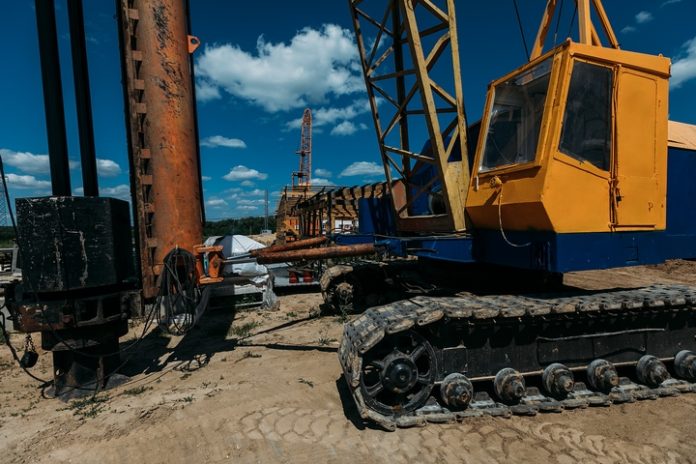Pile foundations are a type of foundation that uses long cylindrical columns to reach deeper into the ground than a traditional foundation would in order to stabilize a structure. They can be made from steel concrete or wood, and are used to transfer the bulk of the structure’s load, so that it rests on a sturdy base. Structures are considered to be “piled” or to have a pile foundation if the depth of the foundation is more than three times the width of the structure.
Pile foundations are just one of many foundation types. Other foundation types include raft, strip, and pad foundations. Each type is selected and used in specific conditions to ensure the best base for the structure, requiring specific types of solar pile drivers or specialty equipment to perform the construction work. The job of a foundation is to distribute the weight of the structure evenly throughout the foundation so that the structure remains even and sturdy over time.
Below are the 10 reasons why pile foundation is used in building construction:
1. Unsuitable soil
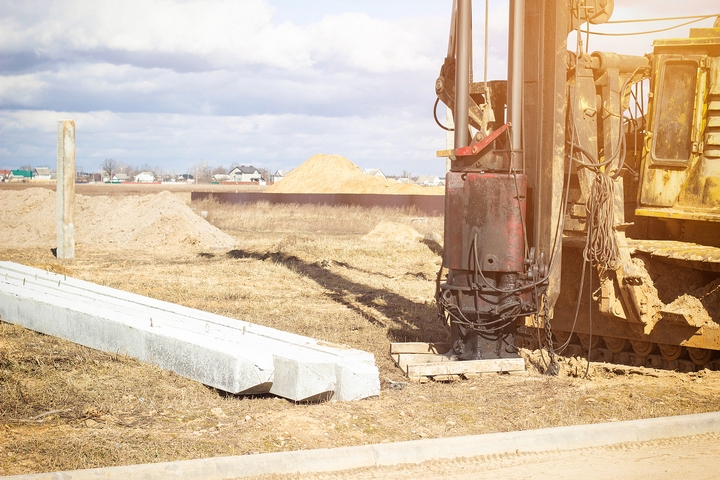
When the soil close to the surface is not suitable to support the structure, this may be a common reason why a pile foundation is used. Soil that contains a lot of clay or silt often needs to be piled. This is because of the consistency of the grains in the soil, which are vulnerable to movement over time and which can expand or rise when frozen.
This type of soil also tends to become even more unsuitable when it is exposed to water. Sandy soils can be stronger than other types of soil; however, sand can have the characteristics of many different types of soil, including unstable silt. This is why soil reports are so important in construction, as they provide crucial information as to the quality and stability of the soil.
2. High groundwater
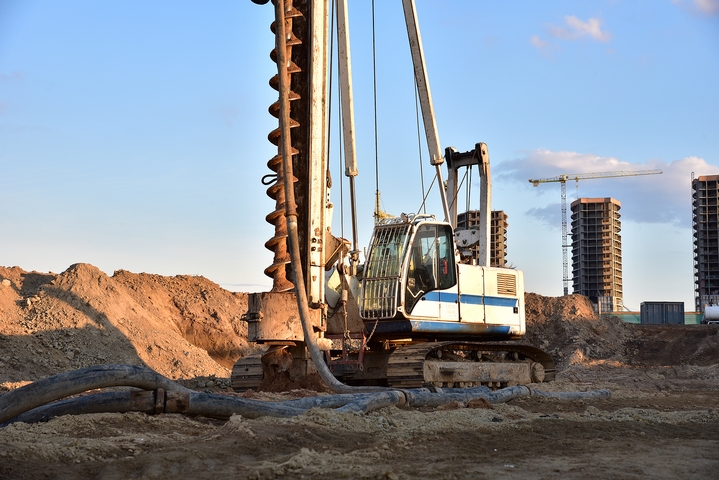
High groundwater means that the building’s foundation is going to have to contend with that water. When water is introduced into a foundation’s environment, it can affect the way the foundation bears the load of the superstructure. Over time, this can cause the building to lean, sink, or become unstable. For this reason, using piles is a great method for overcoming the issues caused by high groundwater. The piles are pounded into the ground far enough to pass through the groundwater to sit on sturdier soil below.
3. In the water
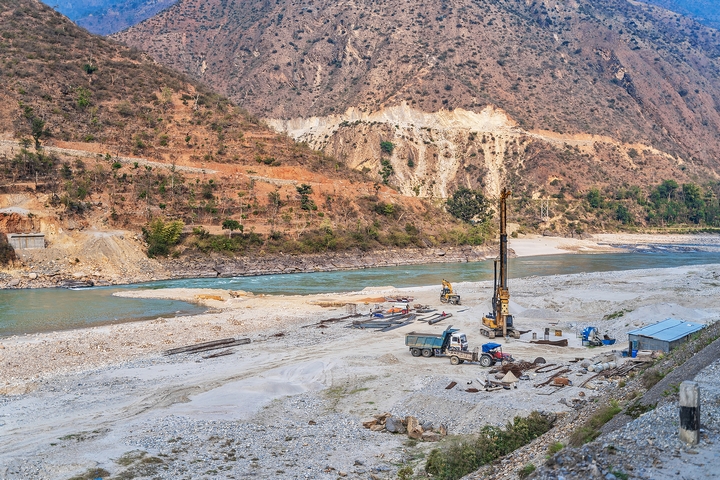
We’ve discussed how piles can be useful in a situation where groundwater is high, but piles can also be used on structures being built in the water as well, like bridges or lake-front properties that are built on the shoreline. The same concept applies here as it does to situations where the groundwater is high, or where the soil can’t support the foundation. The piles reach down far enough to settle on sturdy soil below the water.
4. Heavy superstructure
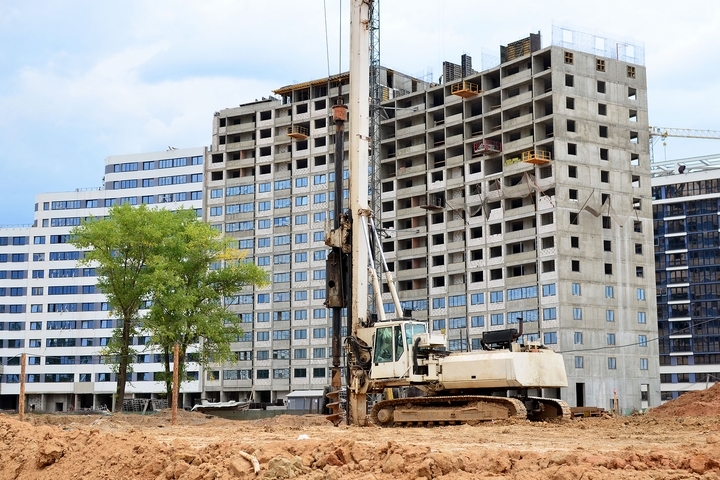
No matter how good the soil is, a heavy superstructure is going to put too much pressure on most types of foundations and most soils. Pile foundations allow for the weight to be evenly distributed over a large surface, which prevents the sinking of the structure over time.
5. Uneven distribution
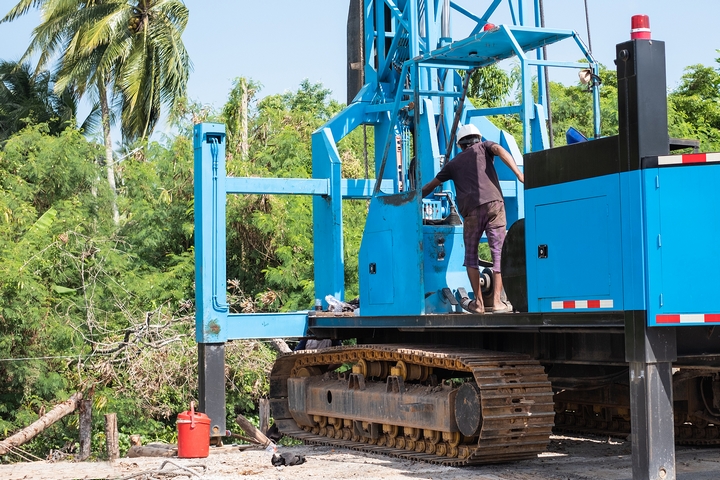
If the architecture of a superstructure is unique in the way it distributes weight, pile foundations will be needed. Their job is not only to distribute the structure’s weight but to ensure that it is distributed evenly. Asymmetric buildings, or any other uniquely shaped building may require piles for a sturdy foundation.
6. Best option
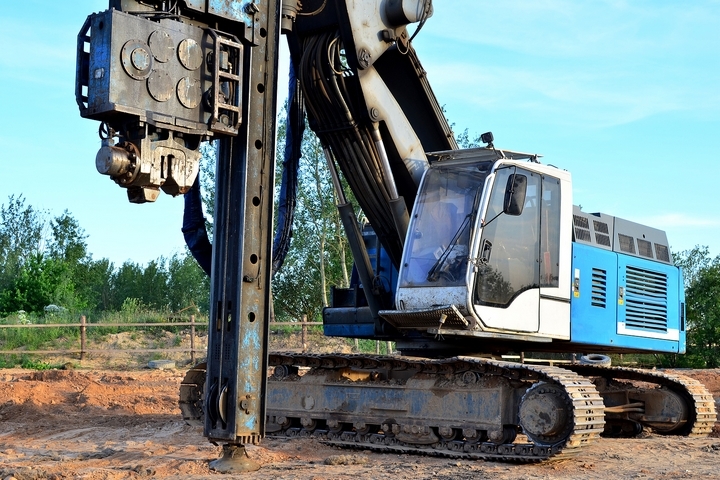
Sometimes other foundation options are not possible due to the environment, or are too expensive. Pile foundations can be used, even if there are not any characteristics that necessarily require it. They are versatile and can be brought in if financial restrictions or other restrictions require it.
7. Driven piles
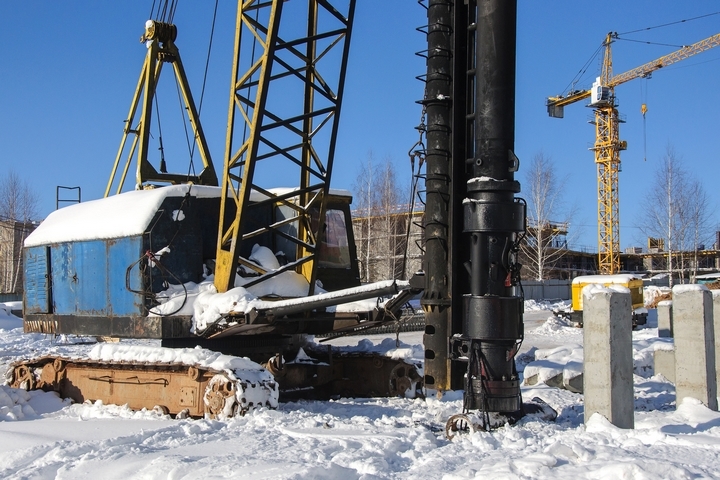
There are several ways to install pile foundations. Driven piles,which can be made of concrete, steel, or wood, are manufactured in advance and then hammered into the ground. The benefit of this type of pile is that driving the pile in also causes the soil to become compact on the sides and at the bottom. This encouraged stability.
8. Cast-in-situ piles
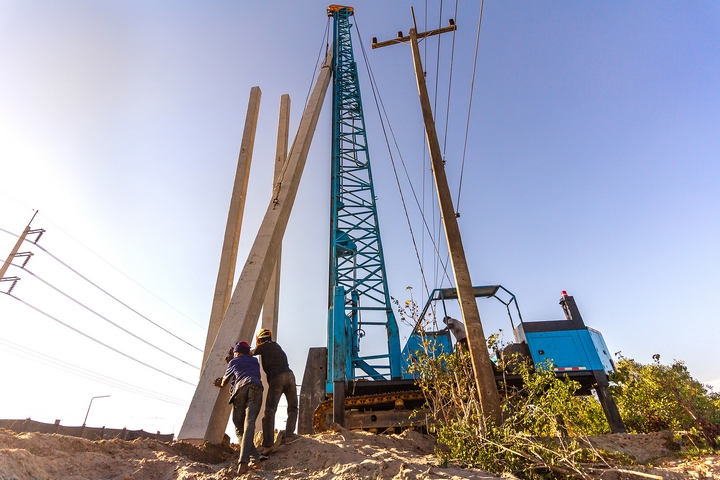
Cast-in-situ are piles that are manufactured in the hole where they will rest. These are usually made of concrete. These are beneficial because they do not acquire damage from being hammered into the ground, and they can be manufactured to be any size without needing to be transported afterward.
9. Driven and cast-in-situ piles
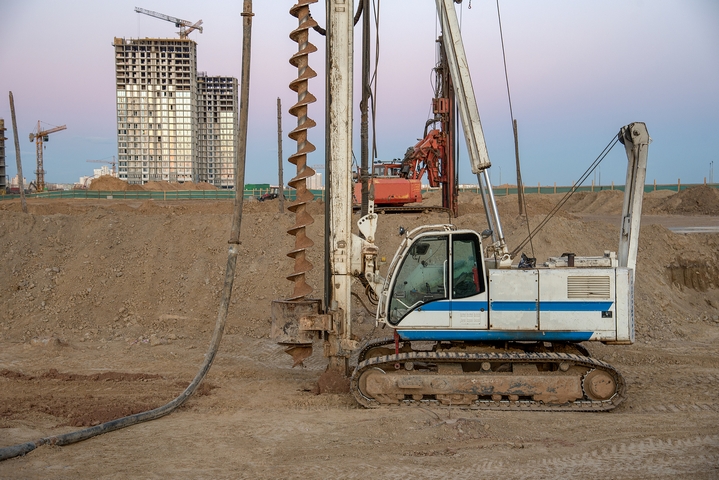
These have the best of both worlds. With these, a steel shell is driven into the ground and subsequently filled with concrete.
10. Time takes a toll
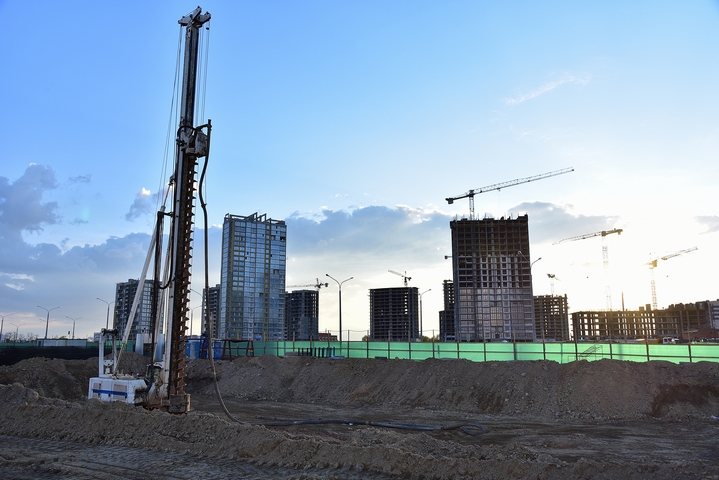
Gravity and time are constants. Pile foundations maintain good quality foundational strength over time within reason. Their powers are not infinite. Buildings all shift, sink, and move over time. However, you can maintain a much stronger foundation for significantly longer by using the correct foundation in the appropriate circumstances.

